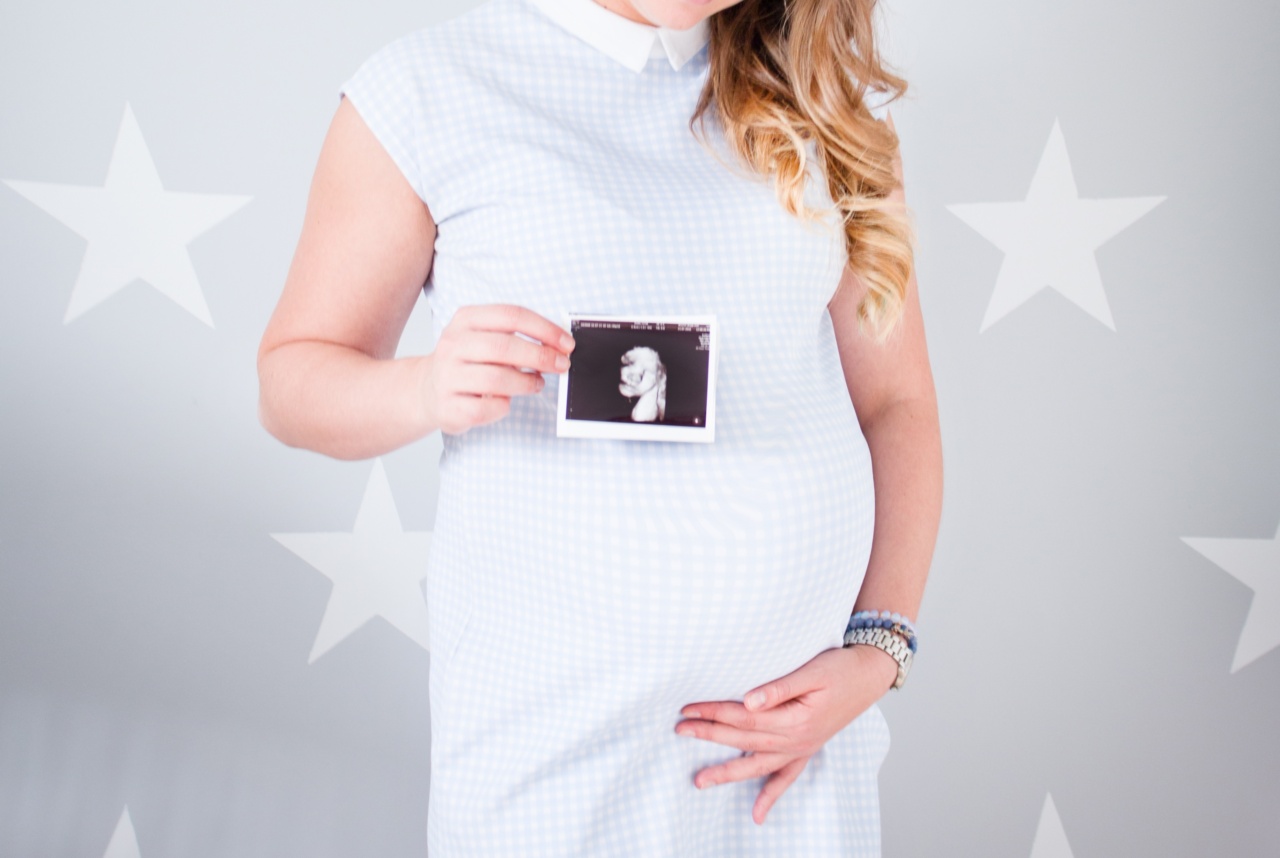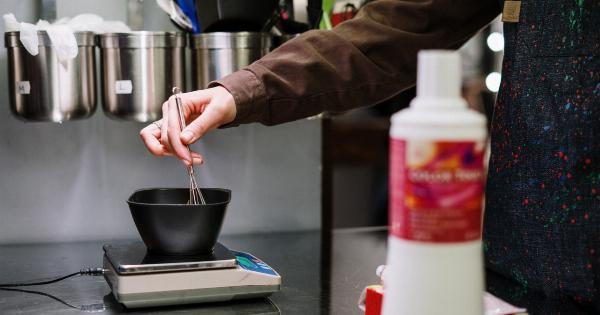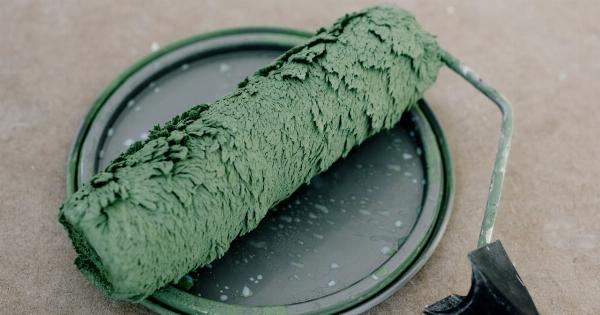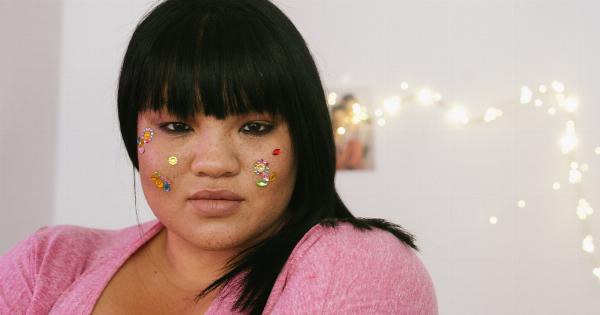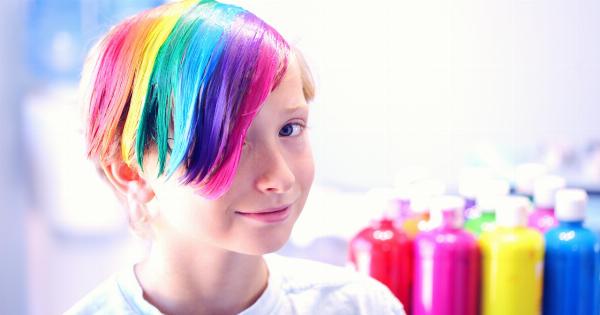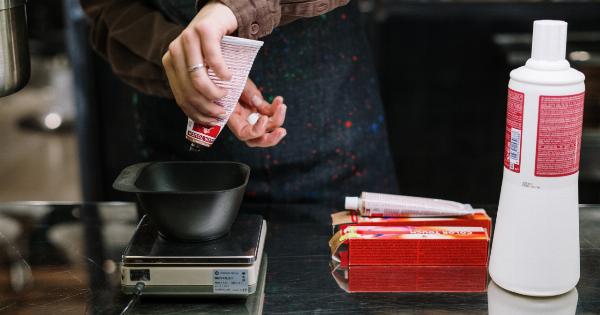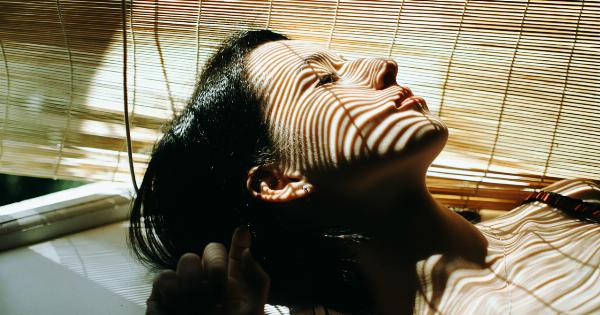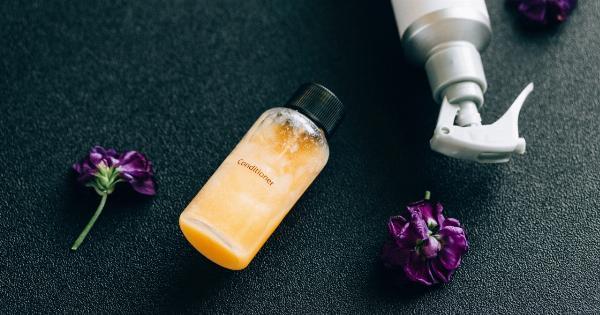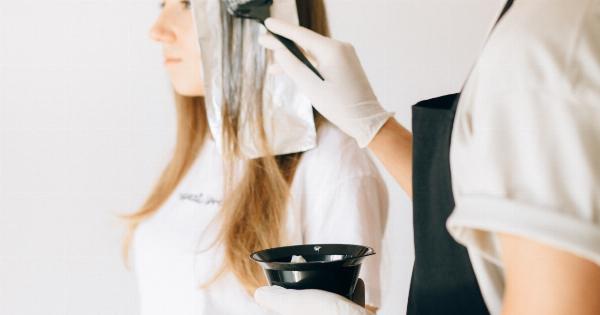One of the most common concerns for pregnant women is whether or not it is safe to dye their hair. With so many conflicting opinions and information available, it can be difficult to determine what the best course of action is.
In this article, we will examine the potential risks and benefits of dyeing hair during pregnancy and provide guidance for expecting mothers.
The Components of Hair Dye
Hair dye contains a variety of chemicals, and one of the main concerns is the potential for these chemicals to be absorbed through the scalp and into the bloodstream.
Some of the common ingredients found in hair dye include ammonia, hydrogen peroxide, and various combinations of may contain coal tar, resorcinol, and lead acetate. These ingredients have the potential to cause harm, but are they dangerous enough to pose a significant risk to pregnant women and their unborn babies?.
Evidence and Research
The research on the safety of hair dye during pregnancy is limited and results are inconclusive. Some studies suggest a link between hair dye use and certain cancers or birth defects, while others do not find a significant association.
However, it is important to recognize that many of these studies were conducted on animals or based on self-reported data, which may not always be reliable.
Additionally, the limited studies that have been conducted focus on the potential harmful effects of hair dye when used in high quantities or when exposed to the skin for extended periods of time.
The typical use of hair dye on the scalp does not result in significant absorption into the bloodstream, according to most experts.
Potential Risks
Although the evidence is not definitive, it is still important to be aware of the potential risks associated with dyeing hair during pregnancy:.
1. Chemical Absorption:
There is a possibility that some chemicals in hair dye may be absorbed through the scalp and into the bloodstream.
However, the extent of absorption is likely minimal, especially when using hair dye in a well-ventilated area and for the recommended duration.
2. Allergic Reactions:
Pregnancy can alter a woman’s immune system, making her more sensitive to certain substances. This means that even if a woman has safely used hair dye in the past, she may develop an allergic reaction during pregnancy.
Allergic reactions can range from mild skin irritation to severe swelling and difficulty breathing.
3. Fumes and Irritation:
The strong smell and fumes from hair dye can cause some discomfort during pregnancy. Pregnant women often experience heightened sensitivity to smells, which can lead to headaches, nausea, and dizziness.
4. Emotional Impact:
For some women, the decision to stop dyeing their hair during pregnancy can have a psychological impact. Changes in appearance and the inability to use certain beauty products can sometimes affect a woman’s self-esteem and body image.
Precautions for Pregnant Women
If you still want to dye your hair during pregnancy, consider the following precautions:.
1. Consult with Your Doctor:
Before dyeing your hair, it is always recommended to consult with your healthcare provider. They can provide guidance based on your specific health condition and any concerns you may have.
2. Choose Safer Alternatives:
Consider using natural or semi-permanent hair dyes that do not contain harsh chemicals like ammonia or peroxide. These alternatives may be gentler on your hair and scalp.
3. Perform a Patch Test:
Prior to applying hair dye to your entire head, perform a patch test to check for any allergic reactions. Apply a small amount of dye to a small area of skin and wait 48 hours to see if any irritation or redness occurs.
4. Dye in a Well-Ventilated Area:
Avoid dyeing your hair in a small, confined space. Ensure that the area is well-ventilated to minimize the inhalation of fumes.
5. Limit the Frequency:
Reduce the number of times you dye your hair during pregnancy. Minimizing exposure to chemicals can help reduce any potential risks.
Conclusion
While there is no definitive answer regarding the safety of dyeing hair during pregnancy, taking precautionary measures can help minimize potential risks.
It is essential to consult with your healthcare provider, choose safer alternatives, perform a patch test, dye in a well-ventilated area, and limit the frequency of hair dye use. Ultimately, the decision to dye your hair during pregnancy is a personal one, and it is important to prioritize the health and well-being of both you and your baby.
